Reviews:
No comments
Related manuals for 16
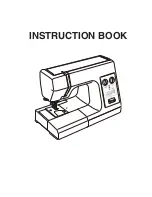
HD2200
Brand: Janome Pages: 48
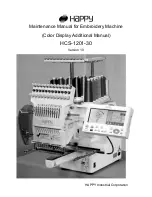
HK634020XB
Brand: Happy Pages: 30
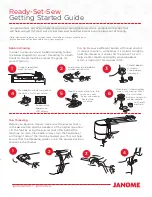
C30
Brand: Janome Pages: 4

C30
Brand: Janome Pages: 52
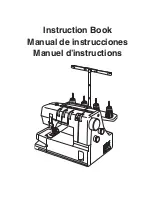
Professional Series
Brand: Janome Pages: 60

2212
Brand: Janome Pages: 63
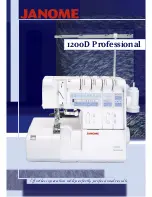
1200D
Brand: Janome Pages: 2
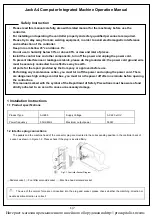
A4
Brand: Jack Pages: 7

A4
Brand: Jack Pages: 22
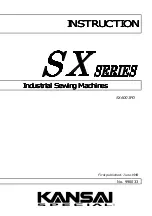
SX Series
Brand: KANSAI SPECIAL Pages: 21
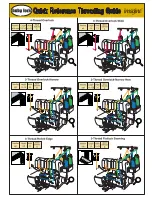
imagine
Brand: Baby Lock Pages: 2
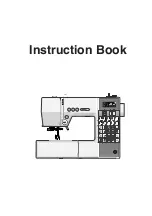
EX60
Brand: Necchi Pages: 60
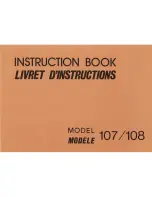
107
Brand: Janome Pages: 41
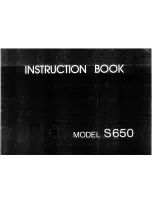
S650
Brand: Janome Pages: 30
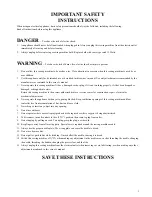
Sewing Machine
Brand: Janome Pages: 25
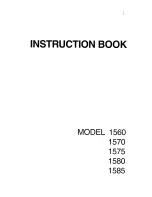
1560
Brand: Janome Pages: 48
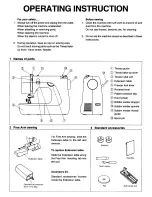
Sewing Machine
Brand: Janome Pages: 8
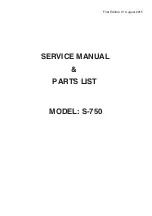
S750
Brand: Janome Pages: 41

















